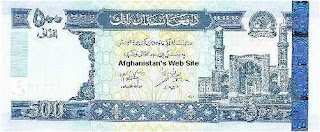- Afghanistan’s culture has been around for millennium since Arab-Muslim conquest.
- Different regions in the country have their own unique traditions reflecting the characters of the specific nation.
- Traces of pre-Islamic traditions from Buddhism, Hinduism, and Zoroastrianism.
- Afghanistan has been a cross road for Pakistan, Iran, and middle east which has influenced its culture.
- Hand crafts are one of the crucial sector of our arts but the art of making carpets and rugs are world wide prominent for centuries.
- Also Afghanistan is known for making beautiful and oriented rugs.
- Afghan carpets with certain prints make them unique.
Carpets:
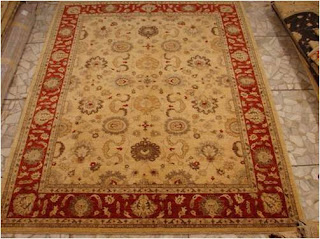

Music:
- Being In Asia Afghanistan has been influenced by eastern music.
- Kabul (the capital of Afghanistan) has long been the regional cultural capital.
- Herat’s (a province) music has been praised widely, which is more closely related to Iranian music.
- Afghanistan had terrific musicians who were warmly welcomed by the Indian expert musician and were named as “Baba e Mosiqe” (Father of music)
Peotry:
- Afghan poems are mostly written in Dari and in Pashto.
- The most famous forms of poetry are:
Ghazal and Charbaiti - We had world famous persian poets.
- Maulana Jalaluddin Balkhi has world wide fame.
Maulana Jalaluddin Balkhi (1207-1273)

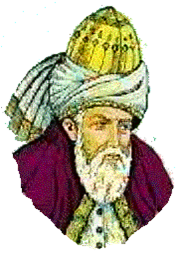


National Dress of Afghanistan:

Afghan's National Game "Buzkashi":

Architecture:
UNESCO has acknowledged Afghanistan role by declaring the “Minaret of Jam” and the “Bamyan Valley"

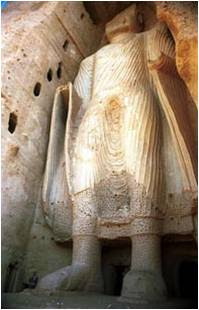
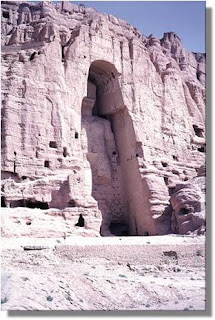
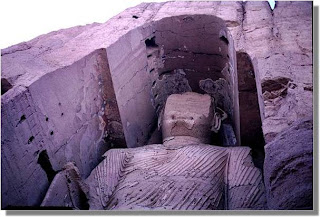
Historical Places of Afghanistan:
Ghazni Province

Bamyan Province:

Herat Province (Jame Jam):










